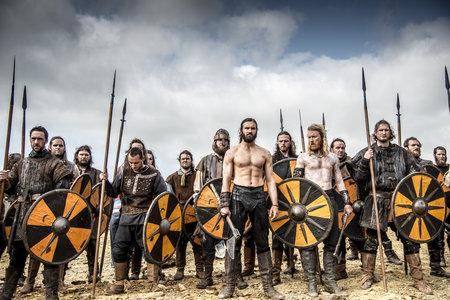Wayne MacIsaac stands near what he believes may be the remnants of a Norse fortification wall. (Tara MacIsaac/Epoch Times)
CODROY VALLEY, Canada–A story passed down in my family for generations may be the clue to finding a lost Norse settlement.
The only Norse settlement in the New World thus far confirmed by archaeologists is in L’Anse aux Meadows at the northern tip of Newfoundland, Canada. But the Norse sagas tell of other colonizing expeditions.
Last summer, archaeologists announced that they had found evidence of a Norse presence–a hearth used for roasting bog iron ore, which is the first step in the production of iron–at Point Rosee in southern Newfoundland. My uncle, Wayne MacIsaac, was so excited he said he didn’t sleep for three days. He felt vindicated in his long-cherished, but long-ignored, theory that he had found an ancient Norse site in the nearby Codroy Valley where he lives.
His previous attempts to attract the interest of archaeologists to the site had met with failure, but that has now changed. An international team of archaeologists are due to investigate in July.
Read the rest of this article...




